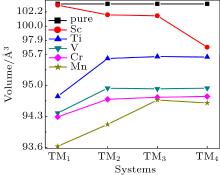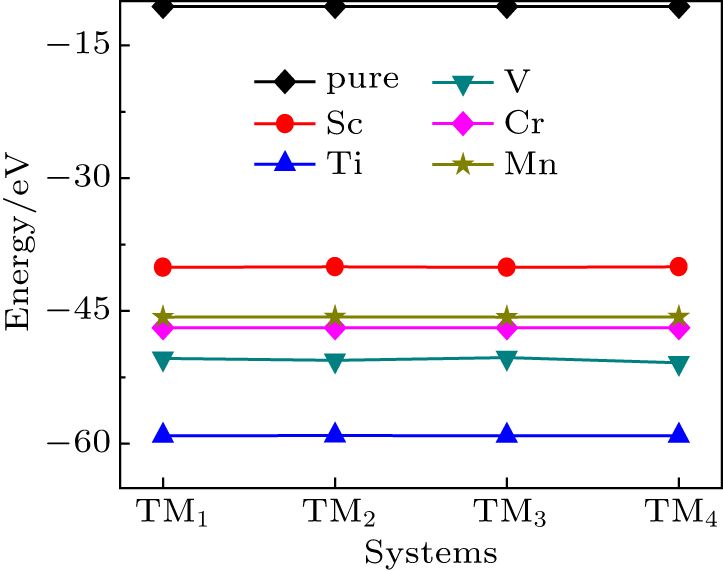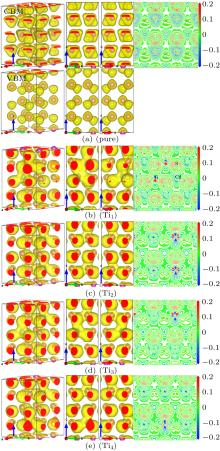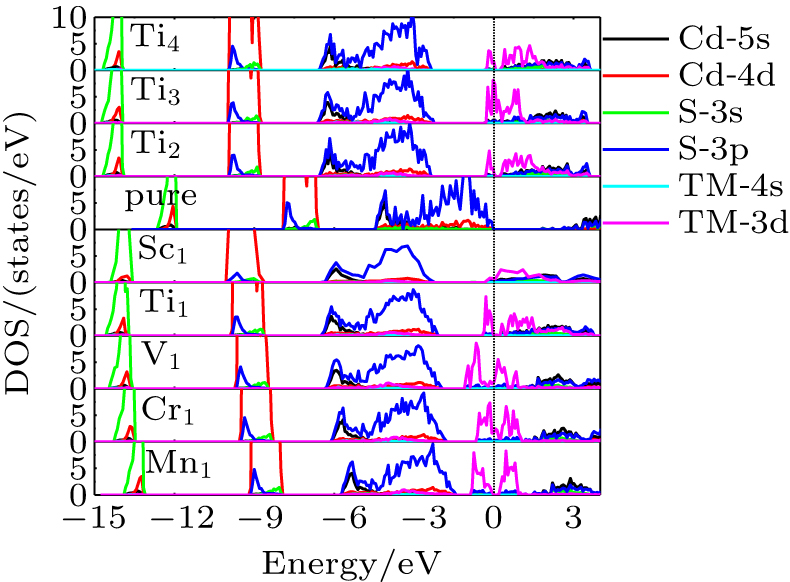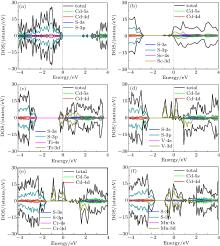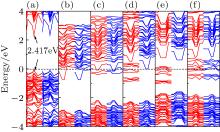中国物理B ›› 2020, Vol. 29 ›› Issue (11): 117502-.doi: 10.1088/1674-1056/aba2e6
Zhongqiang Suo(索忠强)1, Jianfeng Dai(戴剑锋)1,2,†( ), Shanshan Gao(高姗姗)1, Haoran Gao(高浩然)1
), Shanshan Gao(高姗姗)1, Haoran Gao(高浩然)1
Influence of transition metals (Sc, Ti, V, Cr, and Mn) doping on magnetism of CdS
Zhongqiang Suo(索忠强)1, Jianfeng Dai(戴剑锋)1,2, †, Shanshan Gao(高姗姗)1, and Haoran Gao(高浩然)1$
- 1 School of Science, Lanzhou University of Technology, Lanzhou 730050, China
2 State Key Laboratory of Advanced Processing and Recycling of Nanoferrous Metals, Lanzhou 730050, China


